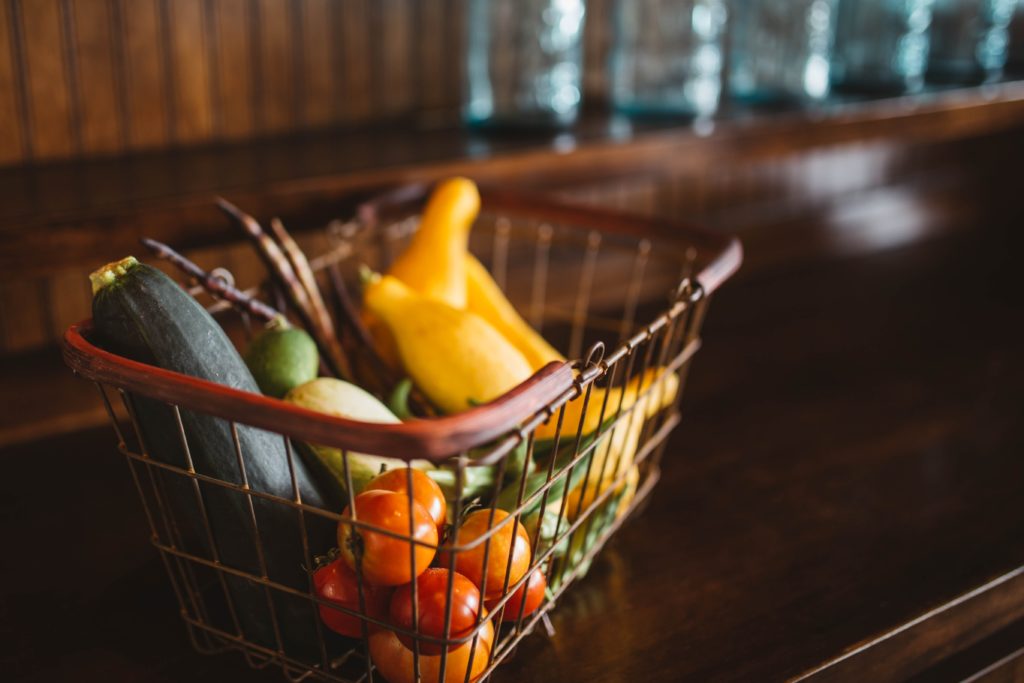All fields are required
Posted in Food Policy,Food Safety,Our Blog,Outbreaks & Recalls on February 12, 2019

It seems like there is a new food recall just about every week—will we ever be able to eat romaine lettuce again? Will the Caesar salad have to be redefined? Will anything be safe to eat ever again? What with the internet and memes that won’t die and the 24 hour news cycle, the uptick in recalls could just be your imagination. Except that it isn’t. According to Time Magazine, food recalls in the U.S. have increased 10% between 2015 and 2018—that’s a lot in 3 years. The peak was 2016, with just over 900 recalls. Has there been an increase in Food Recalls?
Did something change?
Maybe.
But probably not entirely in a bad way.
For one thing, advances in science and use of the scientific testing and tracing (often tracing the unique biological footprint of an individual bacteria strain) have allowed officials to more quickly and accurately locate the source of pathogens than ever before. This is akin to putting Sherlock Holmes on the case, and greatly improves the protection of the food supply. Jaydee Hanson, policy director at the Center for Food Safety (CFS) points out that, “You want things recalled before anybody dies. You want things recalled, ideally, before anybody’s sick.”
Recalls increased steadily from 2013 to 2016 and have been decreasing since then. Most recalls are based on what the Food and Drug Administration (FDA) calls “reasonable probability” that contaminated food could cause health problems. That is to say, the recalls are precautionary. Matt Stasiewicz, assistant professor of applied food safety at the University of Illinois, states that the “vast majority” of recalls are “not linked to any illness.”
In 2011 Congress passed a law called the Food and Safety Modernization Act (FSMA). This act, giving the FDA powerful enforcement mechanisms, likely led to companies voluntarily recalling products so they wouldn’t get in trouble. That was the whole idea, and it makes sense for there to be an initial uptick in recalls as companies are now motivated to make sure their practices are preventing the spread of dangerous pathogens. Remember that properly cooked and stored food has had all its harmful bacteria killed, it’s entirely possible that contaminated food has been in our supply and we’ve just been very lucky. Hanson, from CFS, states that, “If companies think that the FDA and the USDA are looking over their shoulder, they’re going to do a better job.”
In an ever-changing world, it remains a challenge for regulations to keep up with technology and industry practices. Companies grow, facilities get larger and more and more centralized. If only it were as simple as out lawing diseases and letting the corporations sort out how best to do so. There are pros and cons to the growth of food companies, large companies mean large facilities which handle a large number of livestock or food items. If there was a contaminate at one of these facilities, the potential reach of the outbreak would be devastating. At the same time, large companies have the resources to trigger recalls and survive.
Smaller companies have a much smaller reach but may also be utterly devastated by a recall.
The FSMA was intended to modernize food safety laws to reflect the new, industrial, world, but even FSMA isn’t enough. Adam Garber of the Public Interest Research Group PIRG maintains that laws are not changing at the same rate as food production. Regulations with actual enforcement power are a good start, but no one has ever accused the U.S. government of being nimble. For example, somehow Salmonella isn’t legally classified as an “adulterant.” This means that technically meat known to be tainted with Salmonella can be sold in the U.S. as long as it is intended to be cooked. This isn’t new, it’s something old which hasn’t been changed yet.
Regulators have an enormous volume to inspect. To give you a frame of reference, right now they are allowed to inspect up to 175 chickens per minute according to the Washington Post. The old rate was 140 chickens per minute, which also seems rather ambitious: The inspection cannot possibly be thorough if actually preformed at that rate. Additionally, while the FDA inspects some of the food imported into the U.S. (and turns away contaminated food) it is difficult to trust that they will catch every single instance of tainted food. Especially considering that, according to Consumer Reports, the FDA tests less than 1% of the food imported.
Hanson also pointed out that, increasingly, produce farms also house livestock. The E.coli outbreaks in Romaine lettuce from Arizona are believed linked to animal manure and runoff. It’s likely that we’ll see an overall shift to leafy green recalls in the future. Changing production styles may also see an increase in processed food recalls, such as the Salmonella scares for flour and whey powder.
It’s hard to say, even with all the studies and statistics, if the food safety problems are getting worse or we just finally have documentation. Regardless, we should keep moving forward to modernize food safety laws and regulations to keep up with the ever increasing industrialization of food.
In the face of food recalls and the knowledge that they will continue, don’t fret because there are steps you can take to protect your family.
The FDA, the USDA, and Foodsafety.gov have some great information to help us take care of our families and prevent food born illness.
Separate.
Clean.
Cook.
Chill.
In a world of run off and factory food, stay safe.
By: Abigail Cossette Ryan, Contributing Writer (Non-Lawyer)